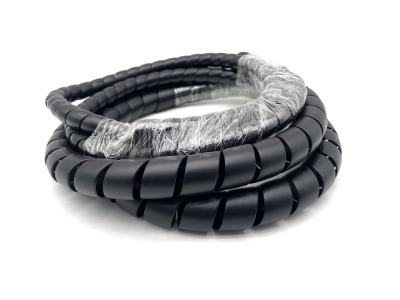Understanding Brake Hose Pipes and Their Importance in Vehicle Safety Systems
Understanding Brake Hose Pipes Essential Components for Vehicle Safety
Brake hose pipes play a crucial yet often overlooked role in the overall functioning of a vehicle’s braking system. These hoses are responsible for transmitting brake fluid from the master cylinder to the brake calipers or wheel cylinders, enabling the braking mechanism to function effectively. As a component that is under constant pressure and wear, it is essential to understand the significance of brake hose pipes and the proper maintenance required to ensure vehicle safety.
The Importance of Brake Hose Pipes
Brake hose pipes are typically made from flexible materials such as rubber or synthetic compounds designed to withstand high pressure and temperature variations. A typical brake system operates at pressures ranging from 750 to 2000 psi, demanding durability and reliability from the brake hose. Their flexibility allows for consistent performance even when the vehicle is in motion or navigating rough terrains.
The primary role of the brake hose is to convey hydraulic fluid, which is critical for activating the brakes. When the driver presses the brake pedal, the master cylinder generates hydraulic pressure, which the brake hose pipes then carry to the brake calipers. The calipers then squeeze the brake pads against the rotors, resulting in the vehicle slowing down or coming to a complete stop. This seamless transfer of pressure is vital for effective braking performance, thus underscoring the importance of high-quality brake hose pipes.
Common Issues with Brake Hose Pipes
Over time, brake hoses can experience wear and tear due to external factors such as heat, environmental conditions, and road debris. Common issues include cracking, swelling, or leaks in the hose material, which can lead to a drop in brake fluid pressure. Any compromise in the integrity of the brake hose can severely affect braking efficiency, potentially leading to hazardous situations on the road.
brake hose pipe

Additionally, prolonged exposure to brake fluid can degrade the hose material, causing it to weaken over time. Regular inspections for signs of damage are essential, particularly for vehicles that experience heavy use or are older models. Mechanics typically recommend replacing brake hoses every six years or sooner if there are visible signs of wear.
Maintenance and Replacement
Maintaining brake hose pipes involves a combination of regular inspections and replacements as needed. Vehicle owners should be aware of the signs indicating the need for replacement, such as a spongy brake pedal, changes in braking performance, or visible cracks or bulges in the hose.
During routine maintenance, mechanics should inspect the hoses for any signs of damage or wear, checking for leaks and ensuring that all connections are secure. If a hose shows significant wear, it is advisable to replace it with a high-quality hose that meets or exceeds the vehicle manufacturer’s specifications. Quality brake hose pipes often come with warranties that can provide peace of mind for vehicle owners.
Conclusion
In conclusion, brake hose pipes are essential components of any vehicle's braking system, directly influencing safety and braking efficiency. Understanding their importance and the potential issues that can arise is key for every vehicle owner. Regular maintenance and prompt replacement of worn hoses not only enhance safety but also contribute to the longevity and reliability of the vehicle. As the saying goes, safe driving starts with a properly functioning braking system—ensuring your brake hose pipes are in optimal condition is a step towards achieving that goal.
-
Ultimate Spiral Protection for Hoses & CablesNewsJun.26,2025
-
The Ultimate Quick-Connect Solutions for Every NeedNewsJun.26,2025
-
SAE J1401 Brake Hose: Reliable Choice for Safe BrakingNewsJun.26,2025
-
Reliable J2064 A/C Hoses for Real-World Cooling NeedsNewsJun.26,2025
-
Heavy-Duty Sewer Jetting Hoses Built to LastNewsJun.26,2025
-
Fix Power Steering Tube Leaks Fast – Durable & Affordable SolutionNewsJun.26,2025

